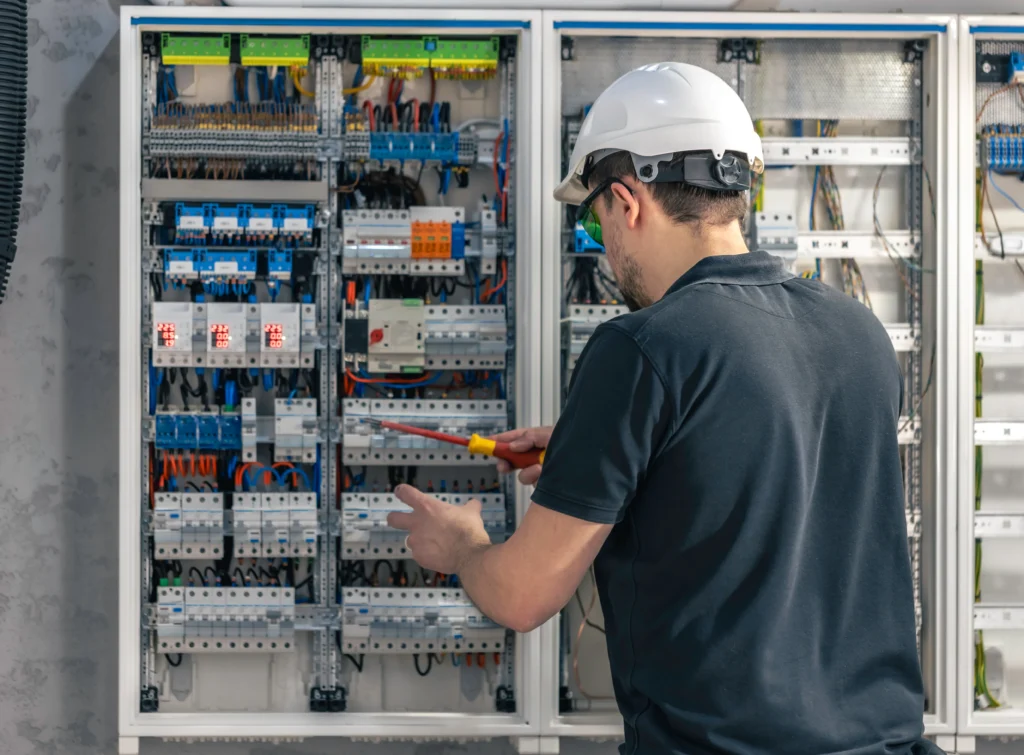
A Q&A Guide to Smarter Roof Choices
Q: Why should I care about energy-efficient roofing?
A: Think of your roof as your home’s personal climate manager. An energy-efficient roof doesn’t just protect your home from the elements—it also helps regulate indoor temperatures, reduces your reliance on heating and cooling systems, and ultimately cuts your utility bills. It’s a long-term investment that pays off month after month, especially in regions with extreme weather conditions.
Q: How exactly does a roof affect energy use?
A: Your roof is constantly absorbing heat from the sun or releasing warmth in colder months. If it’s poorly insulated or built with heat-absorbing materials, your air conditioner or heater has to work overtime. The right materials and proper ventilation, installed by a reputable roofing contractor, make a significant difference in controlling energy flow between your home and the outdoors.
Q: What roofing materials are best for energy efficiency?
A: Great question! Here are some of the top contenders:
- Metal Roofing: Reflective, durable, and recyclable. It reflects solar radiation and reduces cooling costs in summer.
- Clay or Concrete Tile: Natural thermal resistance makes it a popular choice in warm climates.
- Cool Roofing Shingles: These asphalt shingles are specially coated to reflect sunlight more than traditional ones.
- Synthetic Slate or Shake: Lightweight, durable, and designed to stay cooler than traditional alternatives.
- Green Roofing: A living roof covered in vegetation. Best suited for eco-conscious homeowners who want insulation and stormwater benefits.
A knowledgeable roofing company can help you match the right material to your local climate and energy goals.
Q: Is there a difference between “cool roofs” and regular roofs?
A: Yes! Cool roofs are engineered with materials that reflect more sunlight and absorb less heat. Traditional dark-colored roofs can get scorching hot—sometimes reaching over 150°F on a summer day. In contrast, cool roofs can stay up to 50°F cooler. This helps reduce indoor temps and energy costs without sacrificing performance.
Q: I live in a colder climate. Can energy-efficient roofing help me too?
A: Absolutely. While cool roofs are known for their summer performance, other systems can be tailored for cold weather. For example, roofs with high insulation value reduce heat loss in the winter, keeping your home warmer and lowering heating costs. Proper attic ventilation and underlayment are also critical in cold zones to prevent issues like ice dams and moisture buildup.
Strive Roofing & Construction often helps homeowners in variable climates customize a solution that balances both heating and cooling efficiency year-round.
Q: How important is attic ventilation in an energy-efficient roof?
A: It’s vital—yet often overlooked. Good ventilation keeps your attic from overheating in summer and prevents moisture buildup in winter. Without it, even the best roofing material can underperform. Proper airflow supports insulation performance and extends the life of your roofing system. A reliable roofing contractor should always evaluate ventilation as part of your energy efficiency plan.
Q: Will energy-efficient roofing qualify me for rebates or incentives?
A: In many areas, yes. Federal, state, or local programs sometimes offer rebates, tax credits, or utility discounts for installing energy-efficient roofs. This typically applies to ENERGY STAR–rated materials or specific roofing types like solar-reflective metal or cool asphalt shingles. Your roofing company can help you identify whether your project qualifies and assist with documentation if needed.
Q: Are solar shingles worth considering?
A: Solar shingles are gaining traction as a modern, dual-function roofing solution. Unlike traditional solar panels, these shingles blend into your roofline while still producing electricity. They’re sleek, energy-generating, and can be integrated into new roofing systems.
That said, they come at a higher price point and work best on roofs that get plenty of direct sun. If you’re building or replacing a roof and want renewable energy, solar shingles are definitely worth discussing with your roofing contractor.
Q: What’s the average lifespan of energy-efficient roofs?
A: That depends on the material:
- Metal roofs: 40–70 years
- Clay or concrete tile: 50+ years
- Cool asphalt shingles: 20–30 years
- Synthetic roofs: 30–50 years
Energy efficiency doesn’t always mean reduced durability. In fact, these materials tend to outlast conventional asphalt shingles. And with fewer repairs and better performance, the savings accumulate over time.
Q: Is energy-efficient roofing more expensive upfront?
A: Often, yes—but it’s all about long-term return. While you might pay more initially for premium materials or specialized coatings, you’ll typically make up the difference through lower energy bills and fewer roof repairs over the years. Plus, the added home value and potential resale appeal make it a financially sound move.
One of the key roles of a roofing company during the planning phase is to walk you through the cost-versus-benefit analysis based on your home’s specific design and needs.
Q: How do I make sure my roofing upgrade is actually energy efficient?
A: Start with a plan. Here’s a basic checklist:
- Choose energy-rated materials suitable for your climate
- Inspect and upgrade insulation and ventilation
- Work with a certified roofing contractor experienced in energy-saving installations
- Ask about reflective coatings, underlayment, and proper sealing techniques
- Get everything documented to qualify for warranties and potential rebates
Strive Roofing & Construction recommends a comprehensive assessment before beginning any roofing project. This ensures energy efficiency isn’t just an afterthought—it’s built into every layer of your roof.
Q: Can energy-efficient roofing improve my home’s resale value?
A: Definitely. Today’s homebuyers are paying attention to energy ratings, utility savings, and long-term maintenance costs. A roof that promises lower energy bills and increased comfort is a major selling point. It shows that you’ve invested in the home’s future—and that matters.
Final Thoughts
Energy-efficient roofing isn’t just a trend—it’s a smarter way to build, save, and live. Whether you’re replacing an old system or building from scratch, considering energy performance from the start can mean significant long-term benefits.
With the right roofing contractor, the right materials, and a bit of planning, your roof can do more than protect your home—it can work for it. In a world where energy savings matter more than ever, upgrading your roofing system is one step toward a more sustainable, cost-effective future.

The Ultimate Guide to Faster and More Accurate Invoice Processing

Exploring D2C Career Opportunities in Bahrain’s Emerging Market

6 Tips To Unlock New Business Opportunities With My Aged Care Registration

Accelerating drug discovery through the DEL-ML-CS approach

AI in Marketing Is No Longer a Buzzword — It’s the Strategy

Sling TV vs Fubo: Which IPTV Service Wins?

How to Find the Best Hydrogen Water Bottles: Features to Look For

Reliable Professional Electrical Enclosure Manufacturer for Harsh Environments








